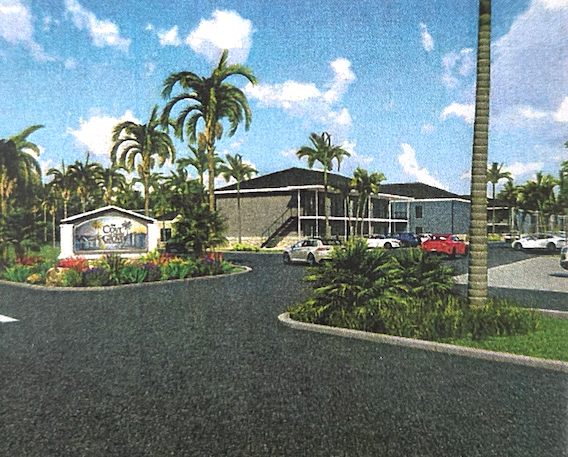OUT IN THE YARD: Texas Master Gardeners Conference stresses need for ‘earth-kind’ gardening
Published 12:06 am Sunday, June 5, 2016
By Eileen Slater
At the 2016 Texas Master Gardeners Conference in McKinney, Texas, we visited Myers Park to learn about the new types of gardens springing up in Texas. They are Earth-Kind gardens. Earth-Kind garden techniques include techniques that everyone can use in their garden or lawn for conserving resources and maintaining a healthy environment.
These principles include water conservation, reduction of fertilizer and pesticide use, landscaping for energy conversation and reduction of landscape wastes entering landfills.
During a walk through the gardens, an Earth-Kind specialist explained that the following procedures are used to maintain the gardens in McKinney: once a year watering, no pesticides (except for fire ants), no fertilizers, no deadheading and limited pruning. This is partly achieved by adding three inches of compost to the soil and mulching with three inches of compost.
Earth-Kind plants are incorporated in the perennial garden, herb garden, vineyard, vegetable garden, kitchen potager garden, crape myrtle garden and shade garden in McKinney. Many plants in these gardens are common and easily recognized.
How we can we incorporate an earth-kind garden and landscape in our area? Add three inches of native hardwood mulch to help decrease water needed in the landscape. Place a drip irrigation system underneath the mulch. Use a low volume irrigation system and apply water only where it is needed. Compost non-diseased leaves, grass clippings and pruning waste. Use pest and disease tolerant plants. Preserve pest’s natural enemies. Collect and store rainwater to reduce your water bill. Evaluate your irrigation system for leaks and damaged sprinkler heads. Program your irrigation system to split run time into several shorter cycles to save substantial amounts of water. Incorporate three inches of finished plant-derived compost into the soil. Keep your grass mowed to a reasonable height. Leave grass clippings and leaves on your lawn as they add nitrogen for fertilizer. If you fertilize, choose one based on soil tests.
Typical Earth-Kind landscaping plants for our region include, but are not limited to Shumard and most Oak trees, Blue Plumbagos, Split Leaf Philodendron, Perennial Fountain Grass, Monkey Grass, Bougainvillea, Chinese Holly, Carolina Jessamine, Dwarf Pampas Grass, Salvias or Sages, Common Pear, Southern and other Magnolias, Turk’s Cap, Yellow Bells and English Ivy. Earth-Kind roses include, but are not limited to Marie Daly, Caldwell Pink, Belinda’s Dream and Knock Out. Google Earth-Kind Plant Selector to find more interesting Earth-Kind plants.
The Earth-Kind technique on making and using a rain barrel is tentatively scheduled this fall by the JCMG. A great opportunity to showcase your produce is Saturday, June 11, at the Jefferson County Fruit and Vegetable Show in Central Mall. Bring your entries from 9 a.m. to noon. For more information, call (409) 835-8461.
Contact Jefferson County Master Gardener Eileen Slater at enslater@gmail.com or call the Texas A&M AgriLife Extension Service at (409) 835-8461.






